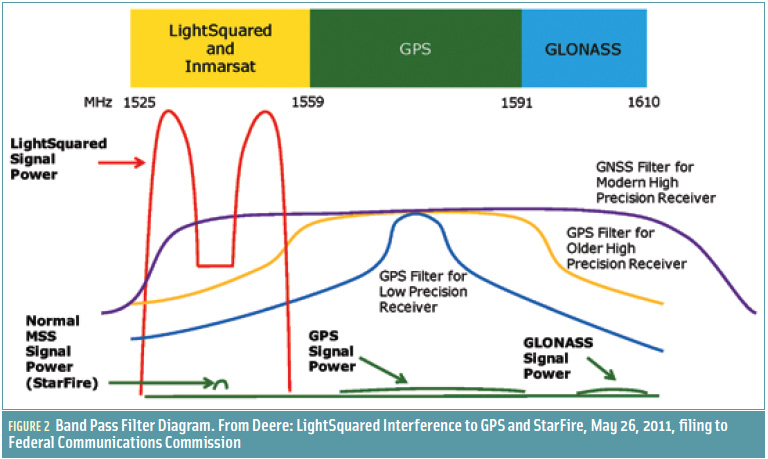Blog Editor’s Note: On Friday, the US Government posted a report entitled “Assessment to Identify Gaps in Testing of Adjacent Band Interference to the Global Positioning System (GPS) L1 Frequency Band.” The report examined five different sets of tests that have been performed to assess the likely impact on GPS users of signals proposed by Ligado Networks in an application to the FCC.

From the report’s executive summary:
“The gap analysis concluded that three of the five tests evaluated during this effort included sufficient scope and methodology in compliance with the PNTAB’s set of recommendations, namely the DOT ABC, NPEF, and FCC TWG tests. While some questions remain largely unanswered despite the substantial scope of these tests, the gap analysis concluded that the results from these three tests are sufficient and appropriate to inform spectrum policy makers on the major impacts of the proposed LTE network on GPS receivers. The FCC TWG and NPEF tests both concluded that there are no feasible mitigations to resolve the adjacent band interference issues introduced by the proposed network. Correspondingly, the DOT test results briefed during the March 2017 ABC public workshop revealed the power levels that GPS and GNSS receivers can tolerate from interference sources in the adjacent band in an effort to inform the enforcement of a GPS interference protection criterion. GPS users rely on L-band spectrum to receive the signals transmitted from the GPS constellation, so the preservation of the spectral environment is fundamentally critical to GPS operations.”

